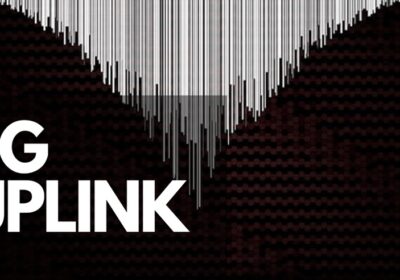
IP booters and their impact on cloud services
Cloud computing is how businesses store, access, and process data. With its scalability, flexibility, and cost-effectiveness, cloud services have become an integral part of modern digital infrastructure. However, this increased reliance on cloud-based solutions has also made these services a prime target for cybercriminals.
Marketed initially as network stress-testing tools, IP booters have been co-opted by cybercriminals to launch attacks against various online targets, including cloud services. Their ease of use and relatively low cost has made them accessible to a wide range of malicious actors, from script kiddies to organized cybercrime groups. The impact of IP booter attacks on cloud services is severe and far-reaching. Key ways in which these attacks affect cloud providers and their customers:
- Service disruption- The primary goal of an IP booter attack is to overwhelm the target’s resources, making services unavailable to legitimate users. When directed at cloud services, these attacks cause disruptions, leading to downtime for websites, applications, and other cloud-based resources.
- Performance degradation– Even if an IP booter attack doesn’t wholly take a cloud service offline, it still causes substantial performance issues. Slow response times, increased latency, and reduced throughput impact user experience and productivity for businesses relying on cloud-based applications.
- Data center strain- Cloud providers typically operate large data centres to host their services. IP booter attacks put immense strain on these facilities, potentially affecting multiple customers sharing the same infrastructure. This “noisy neighbour” effect lead to collateral damage, impacting services and customers not directly targeted by the attack.
- Bandwidth consumption: IP booter attacks often generate massive traffic, consuming valuable bandwidth. This leads to increased costs for cloud providers, who may need to invest in additional network capacity to mitigate the impact of these attacks.
- Reputational damage– Frequent or prolonged service disruptions due to IP booter attacks damage cloud providers’ reputations. This loss of trust leads to customer churn and makes it more difficult for providers to attract new clients in an increasingly competitive market.
To combat the threat posed by IP booters, cloud service providers have implemented various mitigation strategies:
- Traffic scrubbing- Many cloud providers now offer DDoS protection services that use sophisticated traffic analysis and filtering techniques to block malicious traffic from reaching the target infrastructure.
- Anycast network architecture: By distributing services across multiple geographic locations, cloud providers improve resilience against IP booter attacks and ensure continued availability even if some nodes are compromised.
- Machine learning and AI: Advanced algorithms detect and mitigate DDoS attacks in real-time, adapting to new attack vectors and patterns as they emerge.
What Is an stresser and how does it relate to IP booters? Stressers are essentially the same tools as IP booters, often marketed under the guise of legitimate network testing services. However, the line between stress testing and malicious attacks is frequently blurred, with many stresser services being used primarily for illegal DDoS activities.
Despite these efforts, IP booter attacks continue to challenge cloud service providers. As attack techniques evolve and new vulnerabilities are discovered, providers must remain vigilant and continuously adapt their defences. While any internet-facing service is a potential target, common victims include e-commerce platforms, online gaming services, financial institutions, and content delivery networks. The motivations for attacks range from financial extortion to competitive sabotage or ideological reasons.


















